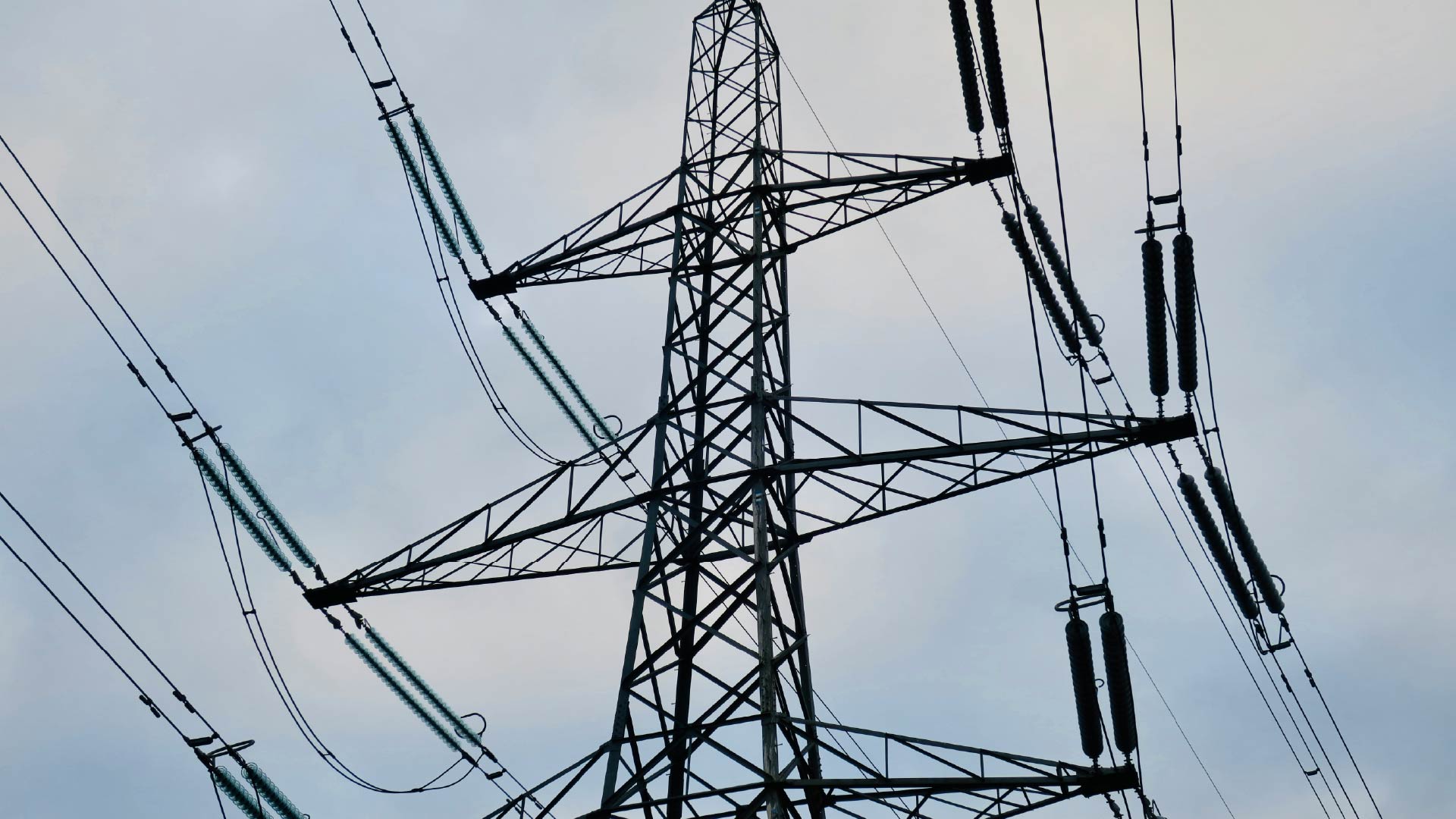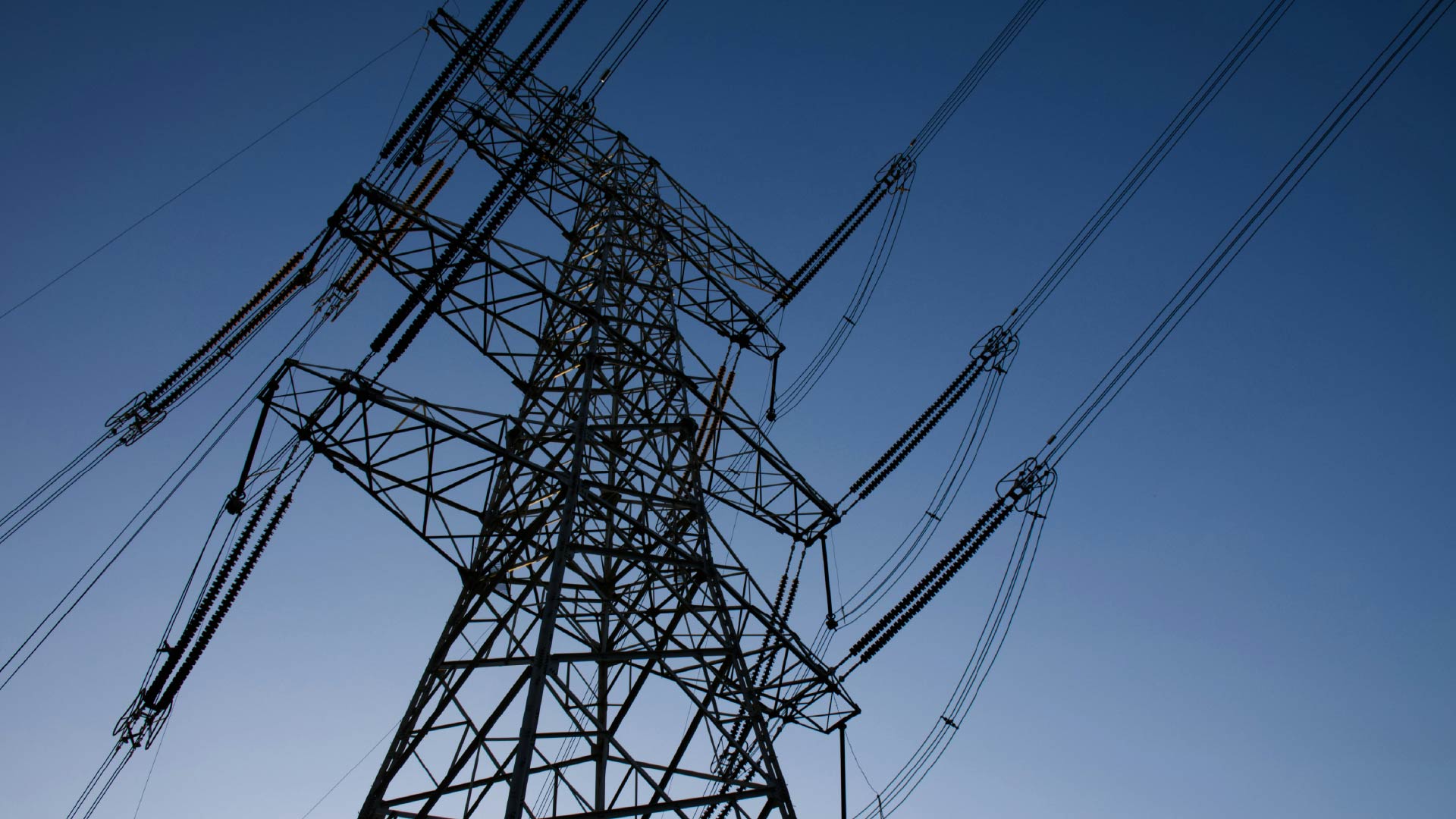Wildfire Monitoring Solutions Can Help Address Health Hazards Disproportionately Borne By Outdoor Workers And Marginalized Groups

Maya Hilmi
As Canadian wildfire smoke continues to envelope parts of North America, the impact of wildfire-induced air pollution is at the forefront of American political and media attention. And it’s likely to become a recurring theme: a UN environment programme report warns that the number of wildfires will rise by 50% by 2100. The public health impacts of this climate disaster will fall particularly heavily on certain populations, which should spur action by public and private leaders.
Essential workers, such as delivery drivers, often face heightened risks due to their persistent exposure to polluted air. Advocacy groups estimate that there were roughly 50,000 delivery workers before the pandemic — a number that has grown significantly since. For these outdoor workers, fine particulate matter (PM2.5) and other pollutants present in wildfire smoke can have severe implications for respiratory health and cardiovascular wellbeing.
Furthermore, those with pre-existing health conditions, the elderly and young children will be more susceptible to the health impacts of wildfire-related air pollution. Other vulnerable groups, including low-income communities and marginalized populations, may face socioeconomic disparities that contribute to higher exposure and fewer resources to mitigate the impacts of poor air quality. They may be more likely to live in areas with higher pollution levels or lack access to proper healthcare, quality housing or personal protective equipment. Not to mention, in the United States a single inhaler, typically lasting a month, retails for between $250 and $350.
The impacts of wildfire-induced air pollution extend beyond human health concerns. Flights cancelled due to poor air quality not only affect travel plans but also disrupt businesses. These disruptions highlight the significant and often underestimated short-term acute physical climate risks. They emphasize the need for a comprehensive understanding of the immediate impacts of climate events to ensure effective adaptation and resilience planning.
Public and private leaders should consider implementing wildfire monitoring solutions, which utilize geospatial data, IoT sensor networks and drones to identify, monitor and control wildfires. The FireMan group, for example, is creating new AI-based drone technology to quickly identify forest fires and provide situational awareness when extinguishing the fires (see Verdantix Tech Roadmap: Climate Risk Digital Solutions).
By prioritizing worker safety, supporting vulnerable populations and investing in technology, leaders can collectively mitigate the devastating effects of wildfires and build resilience in the face of increasing climate risks.About The Author

Maya Hilmi
Analyst





